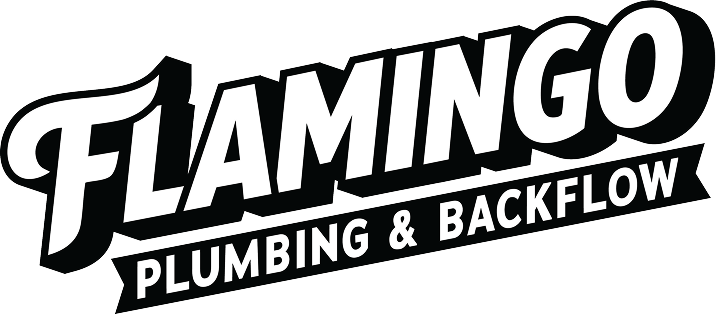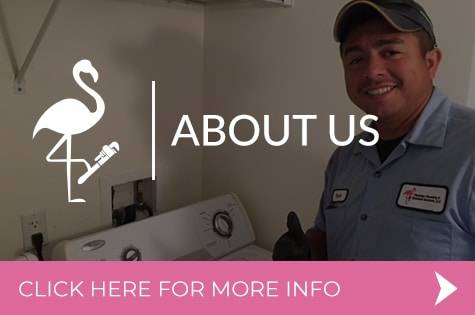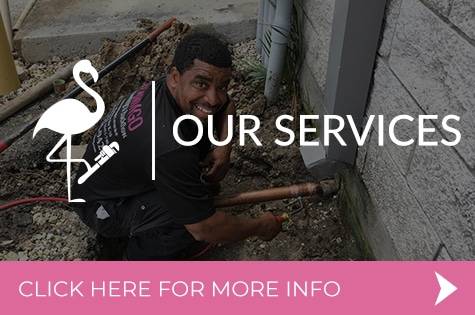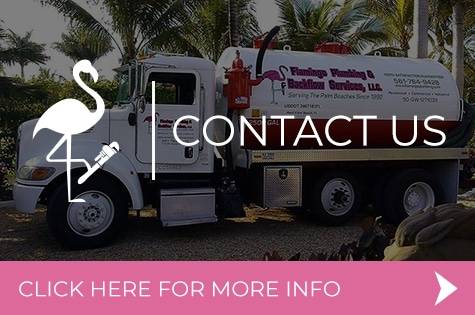A properly maintained grease trap is essential for any commercial kitchen. Neglecting it leads to clogs, foul odors, and costly plumbing repairs. Worse, a backed-up grease trap can shut down operations and result in hefty fines. Here’s how to keep yours running efficiently.
1. Stick to a Cleaning Schedule
Grease traps need regular cleaning to prevent fats, oils, and grease (FOG) from accumulating. A clogged trap can cause wastewater backups, plumbing issues, and even health code violations. Most restaurants and food service businesses require professional drain cleaning every one to three months.
Hydro-jetting is another effective method for clearing grease buildup in pipes. This high-pressure water technique blasts away blockages and keeps plumbing lines clear. Hydro-jetting services can help prevent costly plumbing emergencies.
2. Train Staff on Proper Grease Disposal
Your employees play a huge role in keeping grease out of the drain. Make sure they:
- Scrape food scraps into trash bins before washing dishes.
- Pour used cooking oil into designated containers for proper disposal.
- Never flush grease or oil down the drain.
Improper disposal can lead to grease buildup in plumbing, which may require professional leak detection or backflow prevention services to fix contamination risks.
3. Install a Strainer and Check It Daily
Food particles, debris, and grease solids quickly clog pipes. A simple drain strainer catches these before they reach the grease trap. Empty and clean strainers daily to maintain efficiency.
For more serious kitchen sink issues, sink and faucet repair services ensure everything stays in top shape.
4. Watch for Signs of a Full Grease Trap
Ignoring a grease trap leads to major problems. Watch for these warning signs:
- Slow-draining sinks
- Unpleasant odors from drains
- Grease buildup inside the trap
- Backed-up water in sinks or floor drains
If any of these occur, it’s time for a professional cleaning. You may also need backflow preventer services to ensure contaminated water doesn’t flow back into your clean water supply.
5. Schedule Routine Maintenance
Regular inspections help catch minor issues before they turn into expensive repairs. Maintenance should include:
- Checking grease trap capacity and cleaning frequency
- Inspecting for leaks, cracks, or broken components
- Ensuring compliance with health and environmental regulations
Routine inspections prevent costly downtime and emergency calls. For larger plumbing projects, construction services may be necessary to replace or upgrade failing systems.
6. Stay Compliant with Local Regulations
Health departments and environmental agencies have strict guidelines on grease trap maintenance. Non-compliance can lead to fines or shutdowns. Keeping proper maintenance records is essential for proving compliance.
For businesses in Florida, understanding backflow prevention compliance is just as critical as maintaining grease traps.





